There are many myths out there about rats – but which ones are true?
It’s safe to say that most people don’t quite understand rats. For hundreds of years, they have been associated with various plagues and disasters. Naturally, this has led many to believe that rats are scary and dirty creatures that should be avoided at all costs.
Whilst some may consider wild rats to be a pest, pet rats can make great companions. These furry critters have a lot more to offer than meets the eye; they are intelligent, affectionate, and, dare we say it, downright adorable.
So, forget what you think you know about rats – it's time to set the record straight and bust some common rat myths.
1. Myth: Rats were responsible for the Black Death
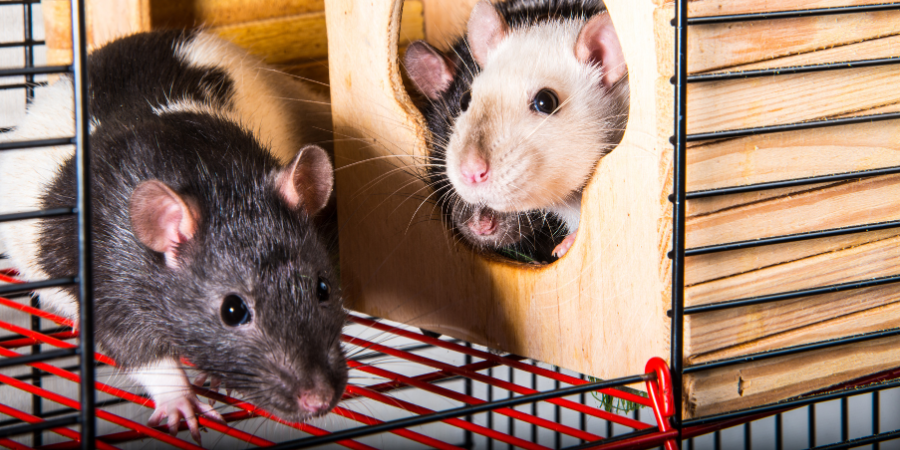
For centuries, it was believed that rats were the cause of the Bubonic plague (Black Death). But this isn’t exactly true, as more recent studies point to human fleas and body lice being the cause.
Due to a lack of hygiene during the Middle Ages, body lice were just an everyday part of life back then. Scientists also noted that the plague spread too quickly for rats to be the main cause. Despite the misconception that rats are dirty creatures, they are actually fastidious groomers and continuously clean themselves throughout the day. You’ll often find that a pet rat’s personal hygiene is on par with that of a domesticated cat or dog.
2. Myth: Rats can chew through anything
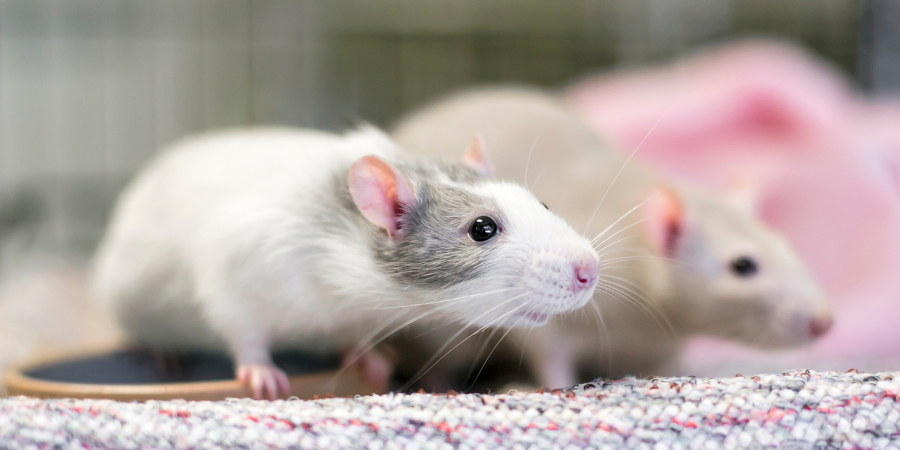
Whilst it’s true that rats can chew through a lot of materials, they cannot chew through everything. Just like other rodents, rat incisors never stop growing and they gnaw on hard materials to keep their teeth at a healthy length.
Naturally, they gnaw on hard materials to keep their teeth in good shape. Although not necessarily healthy for them, some rats have gnawed on wood, vinyl, plastic, drywall and even brick. However, there is a limit, and they cannot chew through hard metals such as steel.
If you have pet rats make sure that you provide suitable gnawing material for them, such as fruit wood branches or low-calorie dog biscuits. If your rats are gnawing on their cage, then they might be trying to escape. Look into if you need to invest in a bigger cage or more enrichment for them, read more information on our guide here.
3. Myth: Rats are loners
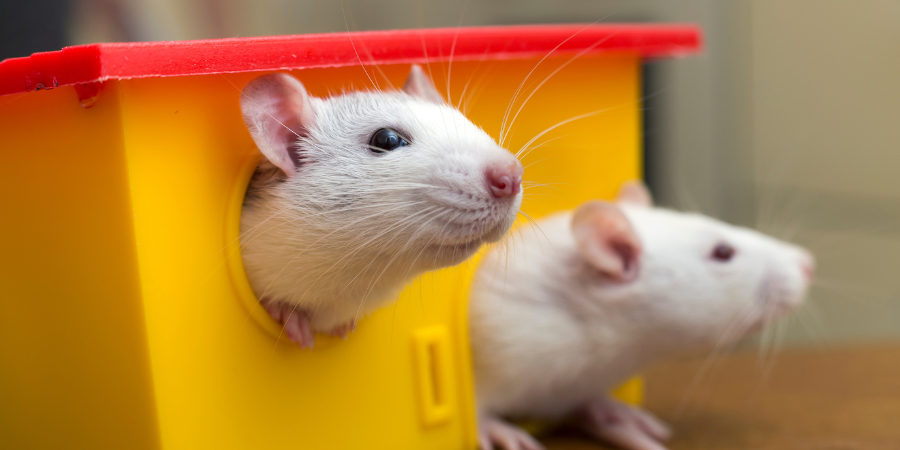
Sadly, there’s a massive misconception that rats are happy to be alone. Like many small pets, this just isn’t true. Rats are social animals that need to be around other rats. They can get depressed and develop strange behaviours if they live on their own.
That’s not to say that they won’t enjoy your company. Rats love spending time with their owners, but they need to be able to interact with their own kind. If you are thinking of adopting a pet rat, then make sure that you get them in groups, ideally siblings. Also, make sure that you separate males and females as soon as possible if you don’t want an unexpected litter!
4. Myth: Rats love to bite humans
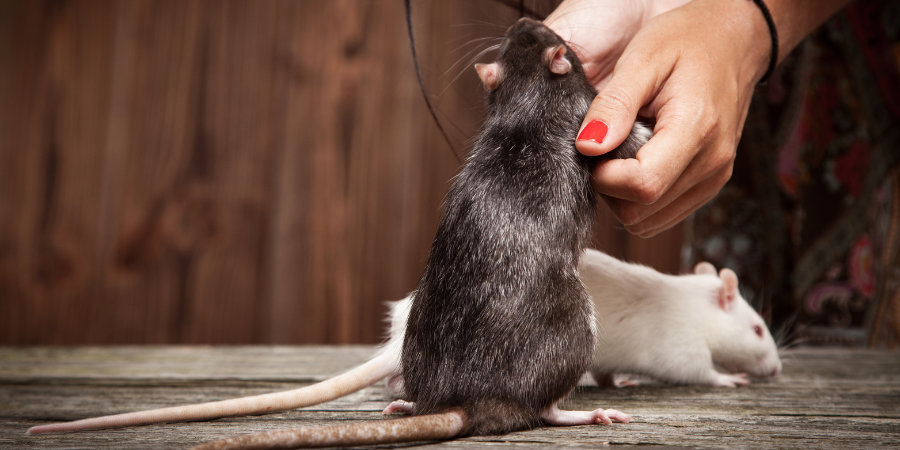
This myth is most likely popular due to movies showing rat bites in seedy areas such as sewers and dirty streets. Rats do not like to bite humans and try to avoid it where possible. In fact, rats rarely bite humans and only do so when they are afraid, hurt or unwell and feel they have no other option.
Thankfully, rats tend to be less nervous than other small pets, such as hamsters and mice. This is why rats are considered to be more suitable pets for children. If you are considering getting rats as pets, then make sure you read our guide on how to hold a rat so that you and your family can safely hold your pet without stressing them out.
5. Myth: Rats are cheap pets
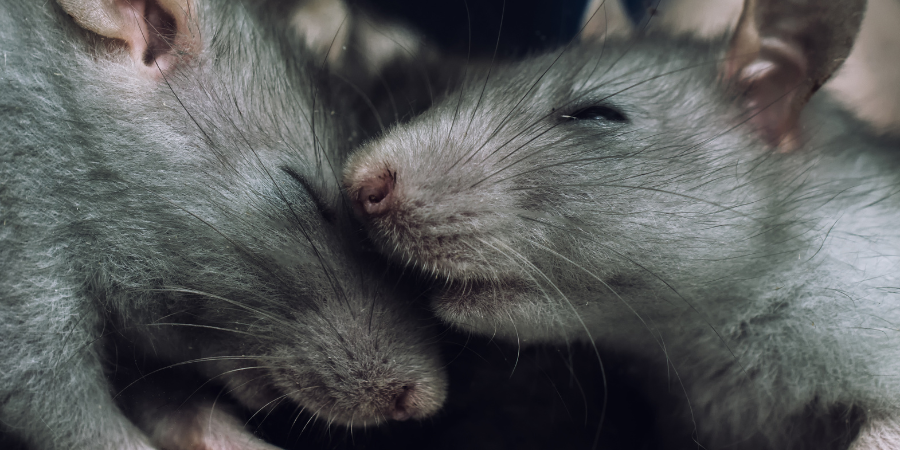
Many people assume that small pets are cheap and low maintenance. Whilst rats may be low-cost pets compared to cats or dogs, there are still many things that you need to buy for them. Pet rats need a large enclosure with space to exercise, different levels for them to climb, lots of toys, a nest box and good ventilation. The cage floor should be covered with non-toxic wood chips or paper-based rat bedding.
Their ideal diet will include commercial rat nuggets, small amounts of fruit and vegetables and occasional treats such as eggs, beans or mealworms. They’ll also need things to chew and gnaw to keep their teeth healthy. If they don’t have a healthy diet or a suitable cage, they are more likely to become unwell and need treatment from the vet. That’s why you must ensure that your rats’ welfare needs are being met. For further information on looking after your pet rats’ health, read our full guide here.
To find out more interesting facts about rats, check out our blog here.
